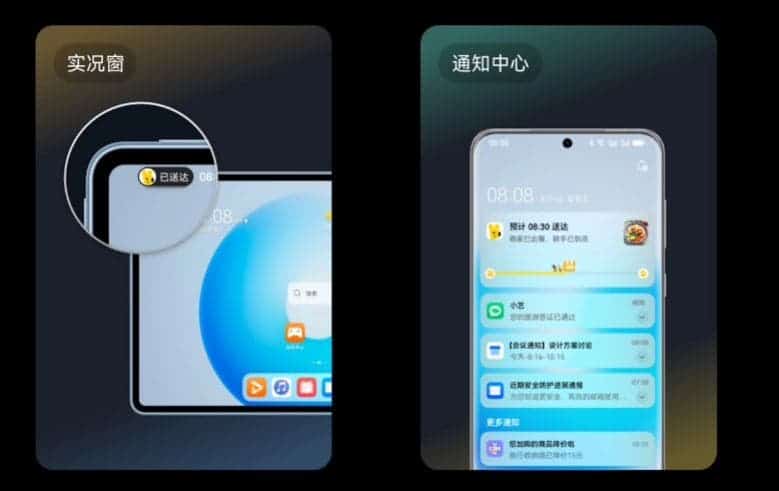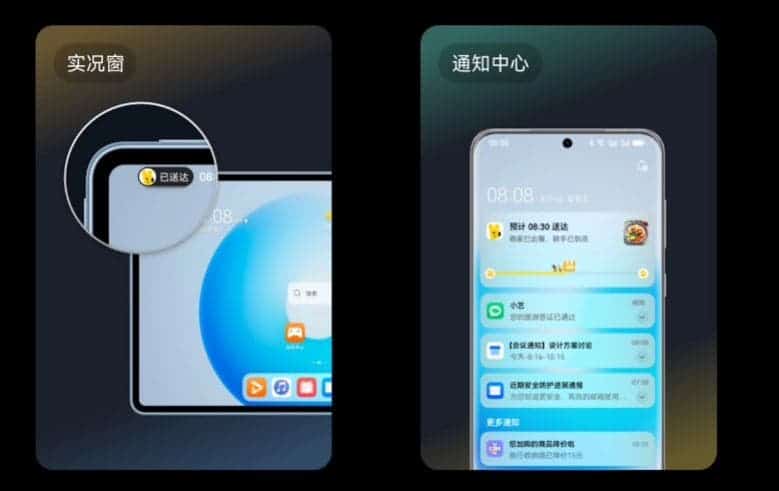Huawei recently launched a background task development guide with a clearer concept and clearer logical structure for the HarmonyOS system. It includes specific usage scenarios and detailed development steps to help developers. It use this feature you must fully understand the necessity of applying for background tasks. There is also a need to understand the types of background tasks and app operation steps.

Some operations will cause an app to retreat to the background. They include locking the screen, returning home, switching apps and others. If the app continues to be active after retreating to the background, it may cause the device to consume power quickly. This may also cause the user interface to freeze. In order to reduce the power consumption of the device, the system will control the apps that retreat to the background. This control also helps the system to run smoothly.
Developers can select appropriate background tasks as follows
Gizchina News of the week
Short-term tasks:
Suitable for tasks that require high real-time performance and do not take a long time. For example, when an app is updated, it returns to the background and then continues the update, saving the data and status during the update.
Long-term tasks:
Suitable for tasks that run in the background for a long time and are perceptible to the user. This includes playing music in the background, navigation, device connection, etc. Also, use long-term tasks to prevent the app process from being suspended.
Delayed tasks:
Suitable for tasks that have low real-time requirements and can be delayed. After the app is retired to the background, it is put into the execution queue. The system will schedule it uniformly based on memory as well as power consumption, etc. For example, when there is a network, it will actively obtain emails from time to time.
Proxy reminder:
Proxy reminder means that after the app exits the background or the process is terminated, the system will act as a proxy for the app to make corresponding reminders. It is also suitable for scheduled reminder services. Currently, supported reminder types include countdown, calendar and alarm clock.







